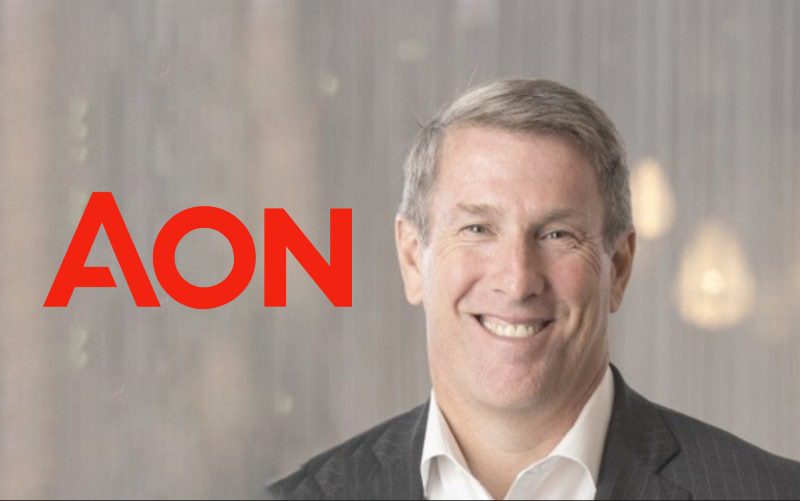Aon responding to global request for capital and risk transfer innovation: Andersen

Eric Andersen, President of Aon plc, spoke at an event at the Monte Carlo Rendez-Vous hosted by Guernsey Finance yesterday and explained that the brokers’ repositioning in reinsurance and risk transfer, under Risk Capital, has enabled it to better respond to the global request for capital and deliver on risk transfer innovation.
Highlighting some of the innovative insurance related transactions where structures and teams in Guernsey have played a role for Aon, Andersen pointed to the International Federation of Red Cross and Red Crescent’s DREF deal, or a recent public-private arrangement to channel insurance risk capital to support Ukraine.
“I think these are such an innovative aspect of where we’re all trying to go to provide risk financing to new areas where there’s need, where government budgets are tight, but these organisations see more and more demand,” he explained.
Demand is rising for these kinds of solutions, Andersen said.
Adding, “We’re seeing some real uptick from other organisations who are looking to this type of room and rooms like it around the world to help them think through how to provide the right financial support for them.
“Our teams are really committed because it does help us make a difference. So the ability to use the skills that we have in our team based in Guernsey, the awareness of what the capabilities are and how we deploy them is really such a critical thing.”
He went on to explain how Aon has restructured its risk related businesses to try and meet some of these opportunities.
Andersen said, “Aon has been restructuring its risk business, and I think it’s restructuring it based on what we’re seeing from client need, and that client need fits right into the capabilities of what this room can offer.
“Ultimately, the global request for capital, no matter where it’s from, is a building demand, not just from insurers, but from our large corporate clients everywhere in the world.
“So our creation of something we call Risk Capital, where you’re really taking the reinsurance analytics and the reinsurance structuring capabilities around ILS, around parametrics, and we’re trying to find ways to source capital to get it to the clients where they need it the most around the world.”
He continued to explain, “Historically, we have done a very siloed approach around our ILS business, our reinsurance business, our insurance business, our captive business. But recognising that as the world has moved faster and the need for more innovative financial solutions has moved from reinsurers to insurers to corporates, that we needed to be more nimble.
“So the pulling together of those businesses under one roof, taking a whole client view of it, has allowed us to create more innovation and what I mean by that is more access to capital in its different forms.”
Closing his speech by saying, “Working with our team in Guernsey, structuring with our primary brokers, working with our ILS team, being able to provide not just traditional capital in the risk business, but also using that structure to be able to provide employee benefits in the event of an earthquake, which is something that was done in California, or working with island nations who are looking for pre-disaster risk financing that fits right into the wheelhouse of this group.
“So structurally, we have moved the firm to put ourselves in a position where we can actually leverage the skills that are in this room in a way that drives better outcomes, not just for our traditional insurance or reinsurance clients, or corporates, but governments and struggling areas where our capital hasn’t really gotten to in a way where we think we could make a big difference.”






